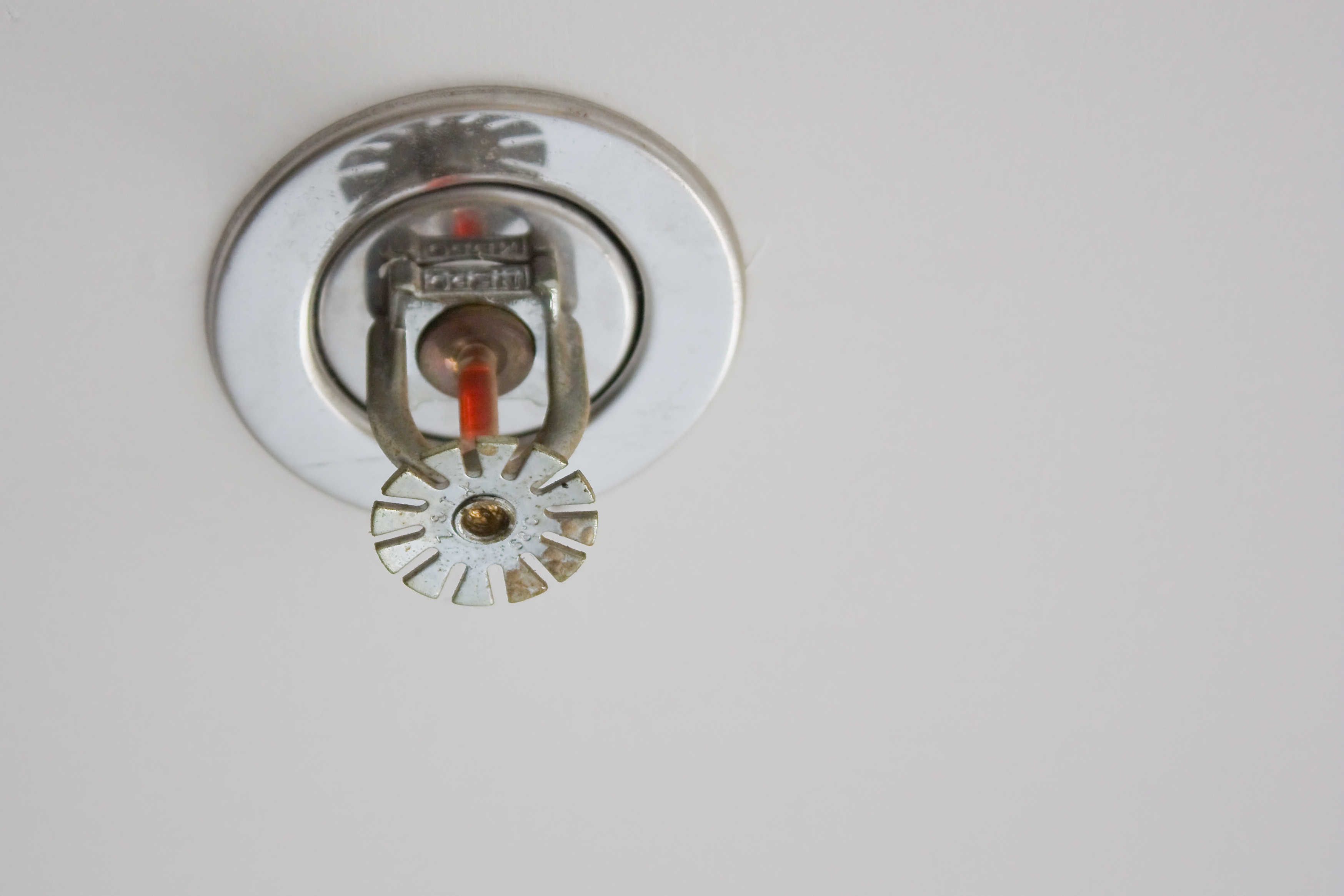Ultimate Guide to Fire Safety Technology and Emergency Response
Ultimate Guide to Fire Safety Technology and Emergency Response
Blog Article
Fire prevention measures is a top priority for building managers. Critical elements of fire safety are sprinkler systems and emergency response training. While sprinkler systems act to control fires, trained fire brigades handle emergencies effectively.
How Do Automatic Fire Suppression Systems Work?
Fire sprinklers are designed to respond quickly by spraying water when the temperature rises. Fire safety heads responds individually, providing targeted action.

Components of a sprinkler system include:
- Nozzles: Control fire spread to suppress heat.
- Flow system: Maintains water pressure.
- Control systems: Ensure proper activation.
- Water source: Provides water.
Quais são os tipos de chuveiro automático?nr brigada de incendio
The Importance of Fire Brigade Training
Team fire safety training trains teams to manage fire-related incidents. Emergency skills development focus on life-saving techniques, reducing panic during dangerous conditions.

Essential features of fire brigade training include:
- Hazard identification training: Preventing fire outbreaks.
- Emergency exit strategies: Reducing evacuation time.
- Extinguishing skills: Learning suppression tactics.
- Brigade teamwork: Working together effectively.
The Synergy Between Fire Suppression and Emergency Training
Using automatic fire suppression with emergency response preparation enhances fire protection efforts. Automatic systems control the fire early, while prepared teams protect lives and property.

Combining these strategies supports robust emergency plans for homes, offices, and large-scale operations alike.
Conclusion: Prioritizing Fire Safety with Comprehensive Protection
Investing in sprinkler systems and providing fire brigade training offers long-term benefits. Together, these solutions mitigate fire risks.
Take action for a safer tomorrow by consulting fire suppression experts and initiating fire brigade training. Your safety and the safety of others depend on it!
Report this page